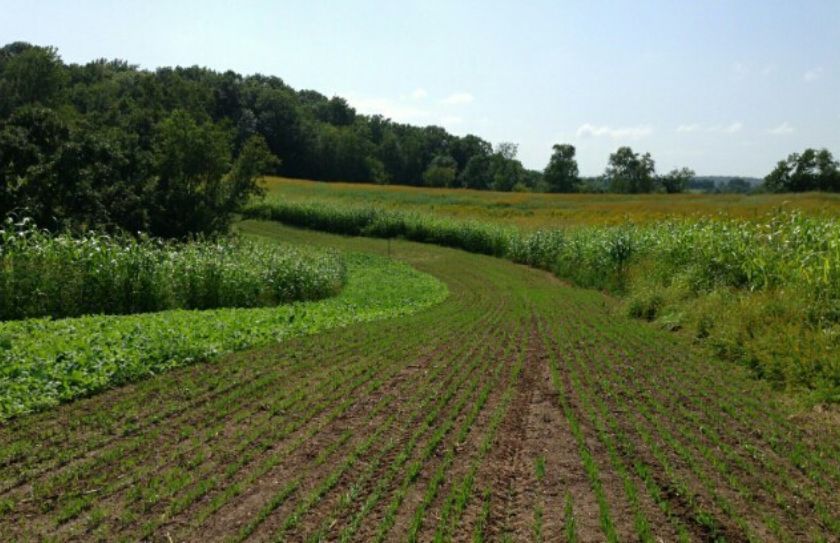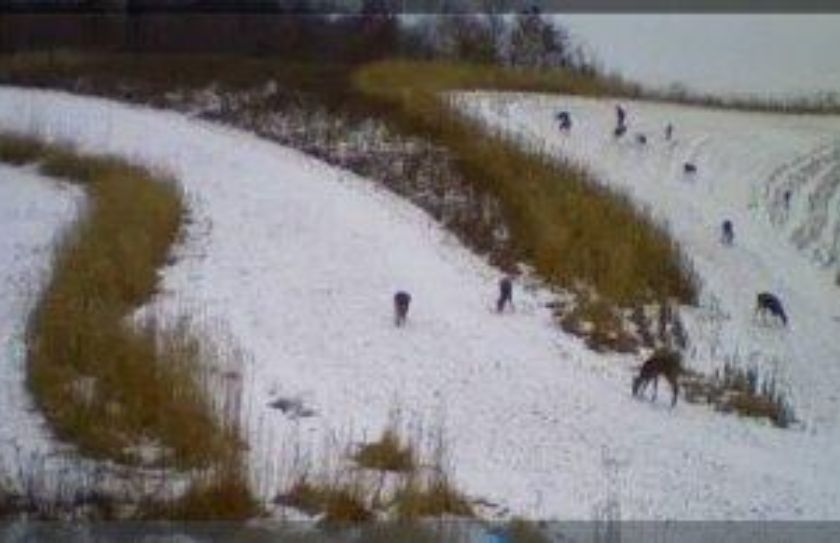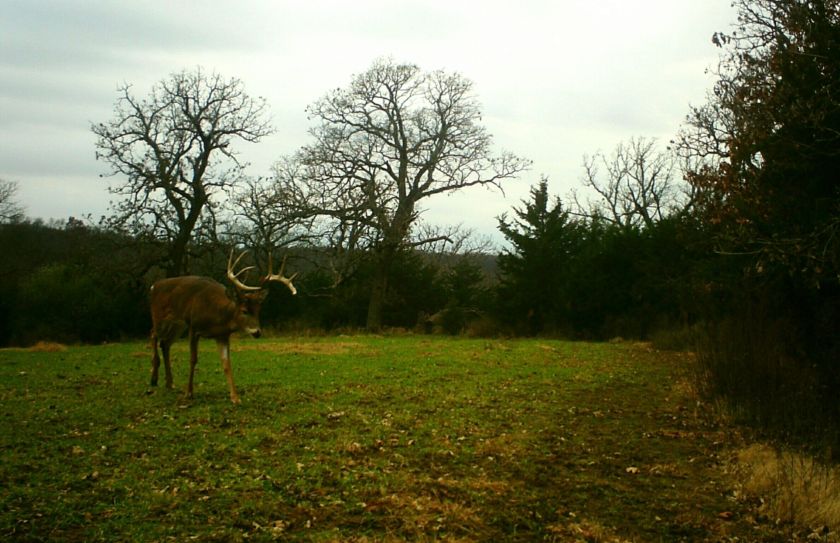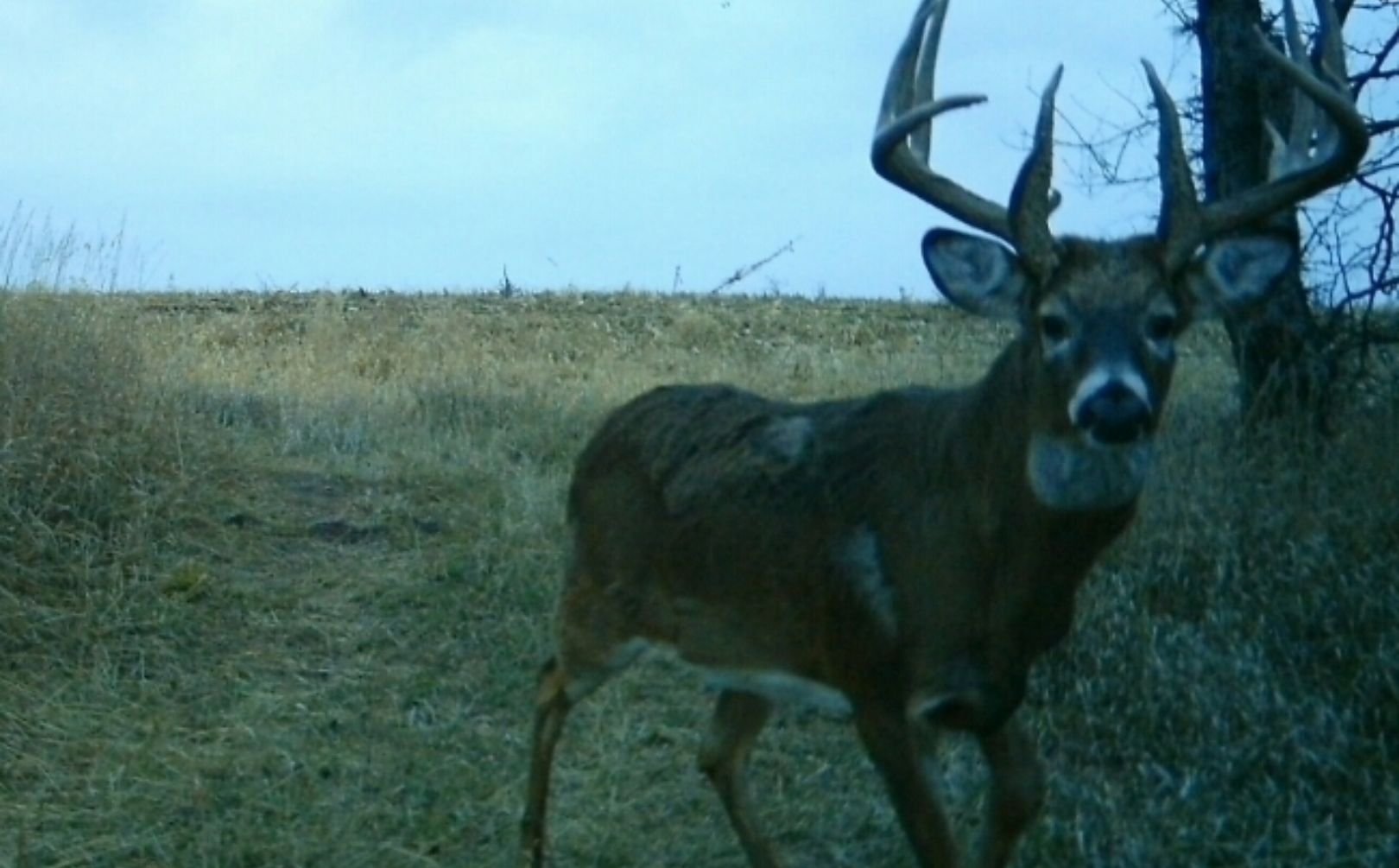
Are you hunting Natural or Unnatural whitetail movements? As I continue to scout whitetail habitats, herds and hunting strategies across the country, one huge factor jumps out as me concerning the daily travels of deer herds; natural whitetail movements are key! This may seem incredibly obvious, but at the same time this is the most overlooked and underpracticed feature of hunting and habitat management. So what is a natural whitetail movement? In my experience, a natual whitetail movement occurs when a deer can bed during the day undisturbed, and then travel to their evening food source and back again...while experiencing no human or hunting pressure. While a natural deer movement is an incredible phenomonen to witness, very few have the opportunity to do so. Would you believe that sometimes it easier to find a natural movement on public land, than private? Follow along and I look forward to explaining why understanding the ingredients of a natural whitetail movements is critical to your success whether you hunt small private parcels of smaller than 40 acres, to huge private or public land tracts of some of the best deer habitat on the planet!
Characteristics of a Natural Whitetail Movement
Food and Cover are two of the most important necessities of daily deer movements. Which is more important? I think the answer to that is a parallel to which came first, the "Chicken or the Egg". Simply, you can't have one without the other. Depending on what region, state or county the land is located that you hunt, the importance of either food or cover can vary greatly. Factors of overall population numbers, quality of the soils and climate all play a critical role in the balance of food and cover as well, but there is another factor that directly relates to your success as a hunter: Security!
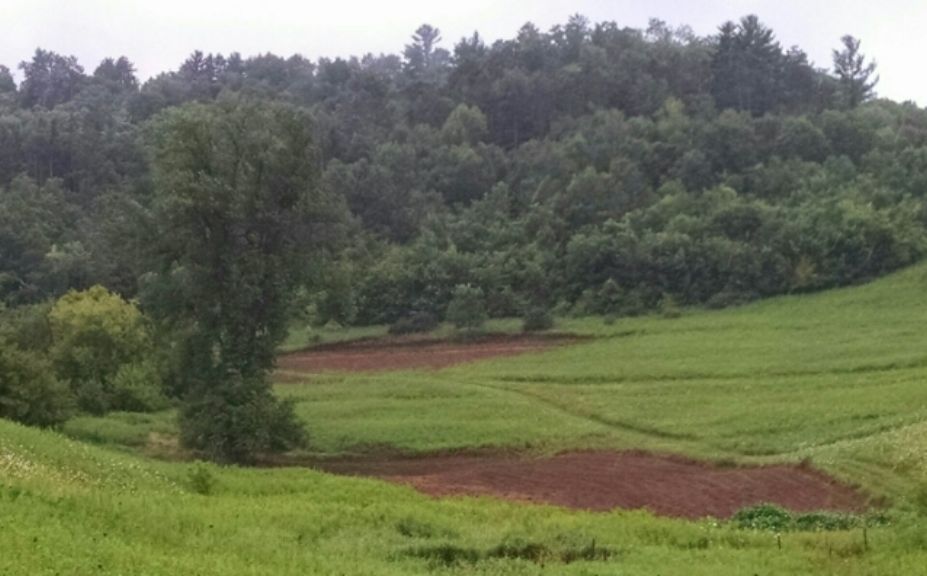
Want to create a line if deer movement? Check out Whitetail Habitat Lines of Movement
A natural deer movement occurs when deer can live their lives within both their food and cover safely, or at least within the illusion of being safe. On both private and public land I believe a natural movement is most destroyed at the food source. The potential of rubs, scrapes and deer sightings is hard to resist and on private land it is sometimes even harder, as countless hours have often been spent to create and plant food plots. But regardless of whether you hunt on private or public land the entire deer movement needs to remain secure, including a whitetail's inner most sanctuary, all of it's food sources and the travel it takes to get to and from these necessities of it's daily life. In fact a thought to ponder is this: Shouldn't the entire line of deer movement be considered a "Sanctuary"?
A natural whitetail movement features the most compact deer movement that can possibly take place from exterior mature buck bedding potential, to doe family group bedding and finally to a major food source. Waterholes, grass transitions, staging areas and small food sources may exist between those major ingredients of a natural movement but their necessity is often dictated by the local habitat, region or individual parce.
The oposite of a natural movement would occur when largely, the food source is spoiled by hunter intrusion. Depending on the habitat and local deer numbers, the distance a complete package of daily life a deer will travel in could be as little as 200 yards. However, that same movement could be stretched to several hundred yards or more if the food source, or various layers of bedding area have been distrupted by hunters. For example, doe family groups could live quite happily within 50 yards of their favorite food source! If that food source is spoiled, that distance could easily stretch to 200 yards or more...just for the doe family groups! In that case mature bucks that may have daytime-bedded within 300 yards may choose to bed 600-700 yards away or more, instead.
Creating a system of improvements that capitalize on existing natural movements is a great way to increase opportunities to harvest mature bucks. Here's how we did it on a parcel I hunt.
Length of Natural Whitetail Movement Equals Instability
The further whitetails are forced away from the characteritics of a natural movement, the more random and unstable that they become. Natural deer movements feature safety and security from front to back, across the entire length. Once portions of that "chain" are broken, so is the consistency of travel. At the same time their are many more distractions that enter the picture:
*A mature buck that has been pushed well outside of the distance contained in a natural movement may actually find another that offers an increased level of safety and security, even if the quality of the food and cover is lower. "Safety and Security" always win, over the ultimate level of quality of food, cover or both.
*The greater the length of deer movement, the more likely that outstanding 5 year old you are after, has been unecessarily exposed to other hunting pressure. An increase of pressure equals dead deer, and a much lower age class of deer within the area that you hunt.
*Unnatural movements give the illusion of nocturnal mature bucks. Sure, mature bucks may not show up to a major food source until just after dark, but that still means they were bedding very close. When bucks are entering a major food source an hour or more after dark it is typically due to the distance that they traveled to arrive. The longer the distance a buck travels, the more infrequent and sporadic his movements become. Often mature bucks simply are not as nocturnal as they appear. While the "October Lull" may result in giants consistently showing up just after dark, an unnatural movement will cause bucks to stop by infrequently-to not at all.
Natural Whitetail Movements are a Work of Beauty!
The more natural a movement, the more easier and more defined the hunting becomes! Lazy and consistent deer movements are a key component to enjoy while on your treestand. By allowing deer to continue their preferred daily travels of bedding to food, and back again, you can more effectively exploit their consistent false sense of security. I personally enjoy observing the consistent movements of doe family groups! Watching the same does and fawns traveling to food sources each day, on the same routes is highly addictive and enjoyable! Why? Because it is just a matter of time before a mature buck within the area follows the same path of boring consistency.
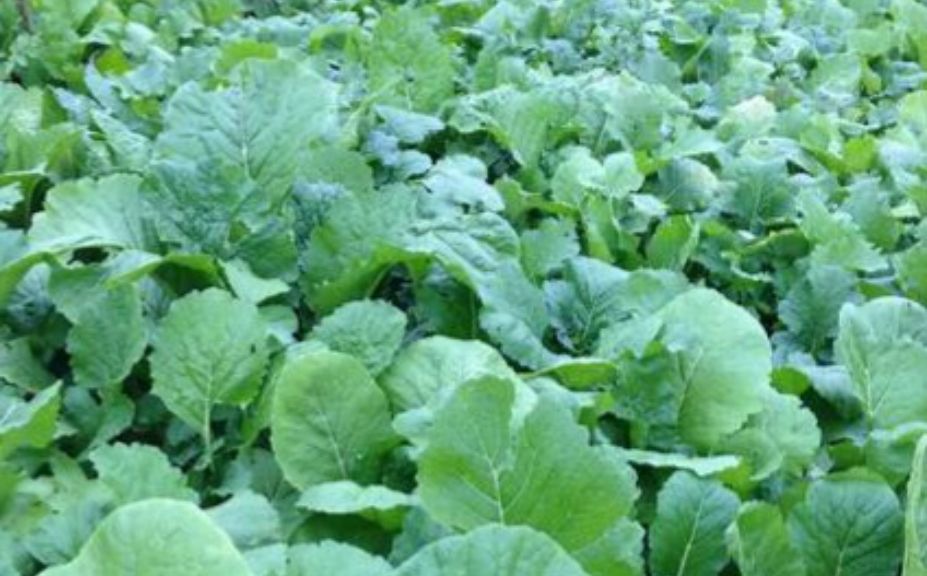
Conclusion
A complete deer movement is directly related to the overall % of cover and number of deer! Within northern OH coverless ag regions you may enjoy watching an entire movement complete with mature bucks, that takes place within 200 yards. In the northern wilderness settings of nearly 100% of cover, a natural movement may encompass a mile of distance or more. But even mature bucks that travel within greater distances can be efficiently targeted when the entire line of natural whitetail movement is safe and secure.
I encourage you to not only attempt to locate, recognize and hunt the natural movements of whitetails, but to keep from turning them into even greater distances of random unpredictability!
